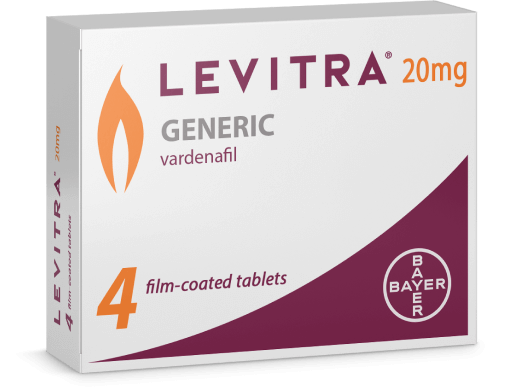
The Power of Rapamycin in Modern Medicine
Rapamycin, also known as sirolimus, has emerged as a significant compound in medical research and therapeutic applications. Initially discovered as an antifungal agent in soil samples from Easter Island (Rapa Nui), it has transitioned into a focal point of current life-extension and cancer research. If you’re curious about where to acquire Rapamycin for your needs, you can find it at Rapamycin https://apotekazasve.com/kupi-rapamycin-bez-recepta/. Over the last few decades, its multifaceted properties have been studied extensively, leading to a better understanding of its potential health benefits.
The Discovery of Rapamycin
The first steps towards the discovery of Rapamycin date back to the late 20th century. The compound was isolated from a bacterium called *Streptomyces hygroscopicus*, which was found in soil samples collected from Rapa Nui. Researchers discovered that this compound demonstrated significant antifungal properties. However, further investigations revealed its immunosuppressive abilities, leading to its approval for use in organ transplantation to prevent rejection.
Mechanism of Action
Rapamycin exerts its effects primarily through its action on the mammalian target of rapamycin (mTOR) pathway—a crucial signaling pathway that regulates cell growth, proliferation, and survival. By inhibiting mTOR, Rapamycin slows down cellular processes, which can be particularly beneficial in preventing the proliferation of cancer cells or in cases where cell growth needs to be controlled, such as after an organ transplant.

Medical Applications of Rapamycin
Given its immunosuppressive properties, Rapamycin has found application in various medical fields. Here are some prominent uses:
- Organ Transplantation: One of the primary uses of Rapamycin is in preventing organ rejection in transplant patients, particularly kidney transplants.
- Cancer Treatment: Researchers are exploring Rapamycin’s potential as an anticancer agent, given its ability to inhibit the growth of tumors.
- Age-Related Diseases: There is growing interest in the potential of Rapamycin to extend lifespan and improve healthspan by delaying the onset of age-related diseases.
- Cardiovascular Health: Some studies suggest that Rapamycin might have a role in the management of cardiovascular diseases through its effects on vascular smooth muscle cells.
Rapamycin and Longevity
Recent studies have highlighted the possible implications of Rapamycin in longevity and age-related conditions. Research conducted on mice has shown that Rapamycin can increase lifespan and improve health during aging. These findings have sparked significant interest in human applications. However, while the results are promising, much remains to be explored concerning its long-term impact on human health and aging.
Potential Side Effects and Considerations

As with any medication, Rapamycin comes with potential side effects. Commonly reported adverse events include:
- Increased risk of infections due to its immunosuppressive properties.
- Delayed wound healing.
- Potential metabolic side effects, such as insulin resistance.
Due to these side effects, the use of Rapamycin should be carefully monitored by healthcare professionals, particularly in individuals with pre-existing conditions or those taking other medications.
Current Research and Future Directions
Ongoing research aims to deepen our understanding of Rapamycin’s multifaceted roles in cellular biology and its therapeutic potential. Clinical trials are underway to evaluate its effectiveness against various conditions, including cancers and age-related diseases. Scientists are also investigating ways to minimize side effects while maximizing benefits, with hopes of utilizing Rapamycin sustainably and effectively in medicine.
Conclusion
Rapamycin represents a remarkable intersection of pharmaceutical discovery, cellular biology, and potential clinical application. As ongoing research continues to unveil its mechanisms and efficacy across various therapeutic areas, it is poised to play an increasingly important role in modern medicine. Given its promising properties, Rapamycin could be at the forefront of both cancer treatment and longevity, potentially reshaping approaches to healthcare in the years to come.


